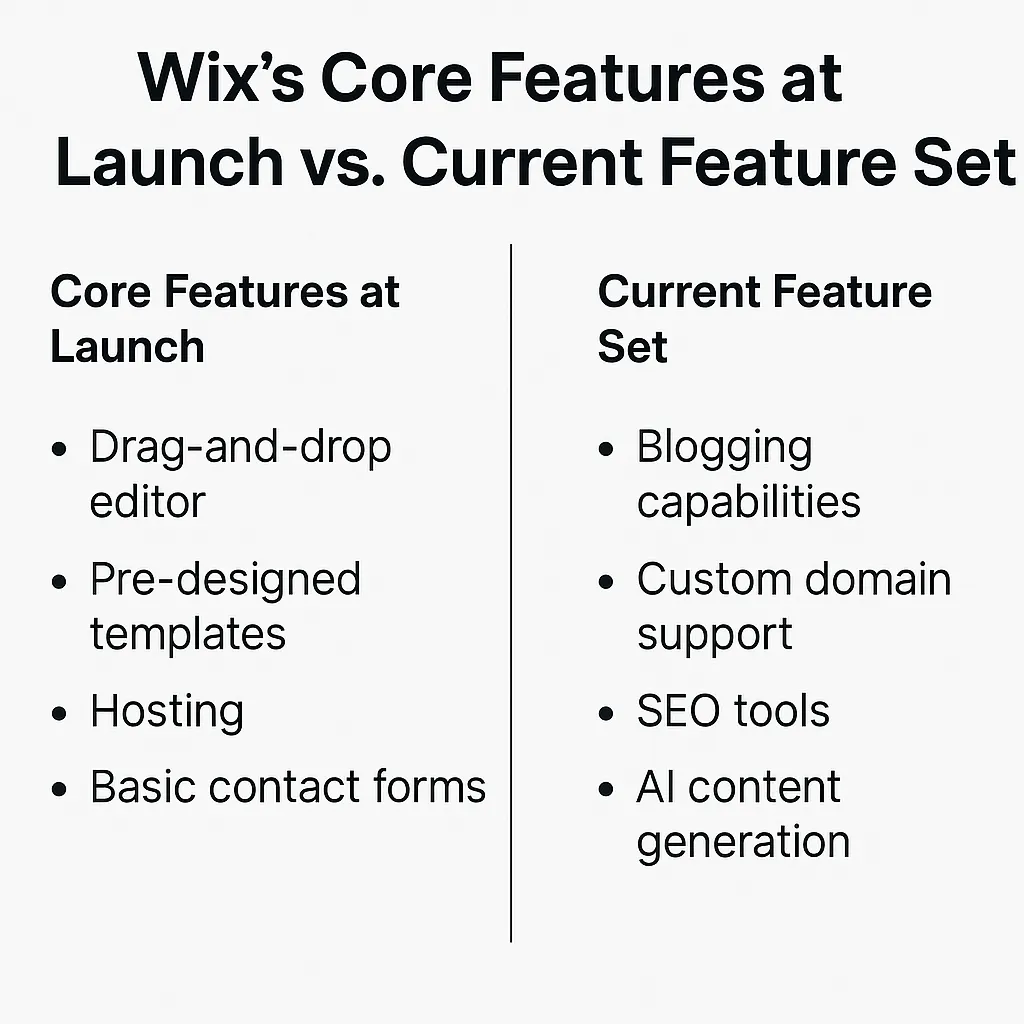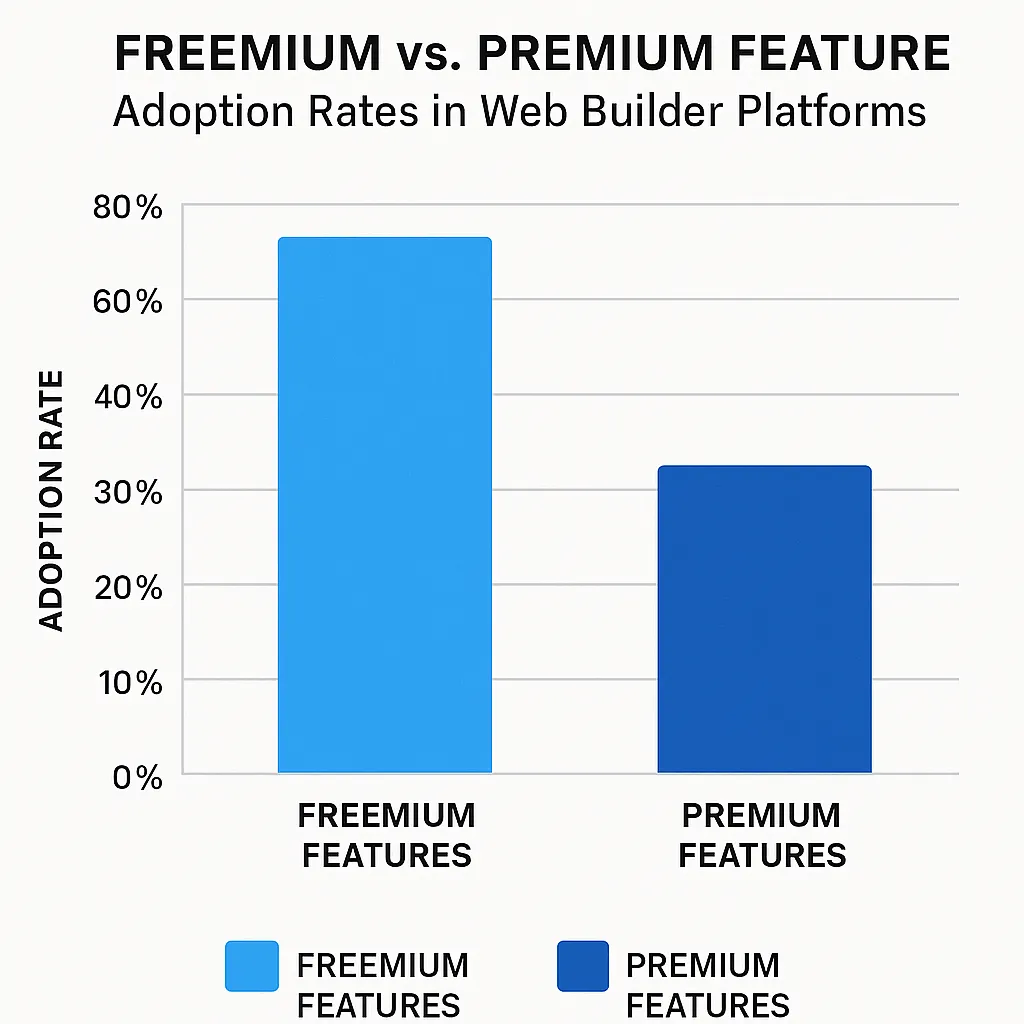So you’re a startup founder, a creator, a hustler with that spark. You see the meteoric rise of DIY website builders like Wix, and you think—”Why not build a better version, tailored for my market?” It makes sense. The market for web builders is massive, everyone from local shops to aspiring bloggers wants an easy, no-code way to get online. But here’s the thing—building a Wix clone is a lot like baking a soufflé. It looks simple, but one wrong move, and it flops.
Let’s be real, we live in the age of “I want it now!”—instant apps, drag-and-drop editors, and no-fuss design. That’s exactly what a Wix clone aims to deliver: an all-in-one website builder for the masses. But startups often fall into the trap of thinking this is just another website project. They rush in, forget the core problems, and end up with a clunky product that can’t scale, can’t compete, and—most critically—can’t keep users coming back.
If you’re dreaming of building the next big DIY website platform, you’re not alone. At Miracuves, we’ve worked with plenty of founders who had the vision but needed the right execution. So, before you dive in, let’s talk about the top five mistakes we see startups make when building a Wix clone—and how to avoid them.
Read more: How to Build a Wix Clone in 2025
1. Overbuilding the MVP: Feature Bloat Kills Momentum
A common trap? Startups think they need to launch with every single feature Wix has. Blog editors, custom domains, SEO tools, AI content generation—you name it. It’s like trying to build an entire skyscraper on day one, but your foundation is still drying.
Here’s the reality: Wix wasn’t built overnight. They started small and iterated. If you try to mimic their full feature set without a solid, tested core, you’re setting yourself up for technical debt, scope creep, and frustrated users. Focus on your niche. Maybe your users only care about selling handmade jewelry—build the best e-commerce website builder for that crowd, not a jack-of-all-trades.

2. Ignoring the User Flow: DIY Should Feel Like Magic
Let’s face it—most of us aren’t designers or developers. That’s why platforms like Wix took off. They make it feel effortless, even fun, to create a website. If your Wix clone makes users jump through hoops, they’ll bounce before they even publish a page.
Think about it: drag-and-drop isn’t just a feature, it’s a mindset. Your users expect a seamless, intuitive flow—one that hides the complexity of code behind the scenes. If your onboarding process feels like a tutorial on CSS grids, you’ve already lost. Focus on creating those “aha!” moments early on. Show users that they can achieve something cool within five minutes.

3. Underestimating Scalability: Wix Handles Millions—Can You?
Building a Wix clone isn’t just about pretty templates and WYSIWYG editors. It’s about infrastructure—can your platform handle the load when thousands (or millions) of users start building websites simultaneously?
Startups often cut corners on backend architecture. They choose the cheapest hosting plan, ignore caching strategies, and forget about CDN optimization. Then comes the launch day—and boom, the app crashes. Remember, Wix operates at enterprise scale with complex cloud infrastructure, CDN layers, and real-time rendering engines. You don’t need to match them from day one, but you do need a clear scalability roadmap.
According to Statista, the global website builder market continues to grow rapidly, driven by increasing demand for no-code tools and DIY platforms in 2024.
4. Forgetting Monetization: You Can’t Pay Bills with Good Intentions
Building a Wix clone is expensive—development, servers, support, marketing… it all adds up. Yet, so many startups forget to integrate a solid monetization model. Will you charge per site, offer premium templates, upsell SEO tools, or run ads?
Take a page from Wix’s playbook. They offer a freemium model but cleverly gate valuable features behind paid plans—custom domains, advanced analytics, even email marketing. If your platform gives everything away for free, you’re just burning cash. Build a pricing strategy into your product from day one. Don’t wait until you’re running out of runway.

M
5. Neglecting SEO: Without Traffic, No One Cares About Your Site
Here’s a harsh truth: most websites built on your platform won’t get traffic if you don’t bake in strong SEO capabilities. Wix struggled for years to shake off a reputation for poor SEO, and they had the resources to fix it. As a startup, you probably don’t.
From schema markup to meta tags, image optimization to page speed—your Wix clone must make SEO effortless for users. If you ship a product where users have to hack their way into ranking on Google, they’ll churn faster than you can say “organic traffic.” Build an SEO-first mindset into your platform, and you’ll create lasting value.
Read more: Business Model of Wix : Revenue Streams and Strategy
Final Thoughts
Building a Wix clone isn’t just about copying features; it’s about solving real problems for your audience in a way that feels fresh, fast, and fun. Learn from Wix’s journey, but don’t get trapped in their playbook. Innovate where it matters.
At Miracuves, we help innovators launch high-performance app clones that are fast, scalable, and monetization-ready. Ready to turn your idea into reality? Let’s build together.
FAQs
Q1: What’s the most important feature in a Wix clone?
A seamless drag-and-drop builder that feels intuitive and easy to use is non-negotiable. That’s the heart of the DIY website experience.
Q2: How long does it take to build a Wix clone?
It depends on the scope, but a solid MVP typically takes 4–6 months. Scaling beyond that requires an ongoing roadmap.
Q3: Can I start with just a niche version of Wix?
Absolutely! In fact, it’s often better to focus on a niche—like portfolio sites, e-commerce stores, or blogs—before expanding into a full-featured builder.
Q4: What tech stack is best for a Wix clone?
It varies, but common choices include React for the frontend, Node.js or Django for the backend, and cloud infrastructure like AWS or GCP for scalability.
Q5: How do I attract users to my Wix clone?
Beyond a killer product, invest in content marketing, partnerships, and community building. Users won’t come just because you built it—they need a reason.
Q6: Is it expensive to maintain a Wix clone?
No — compared to traditional SaaS platforms, maintaining a Wix-style website builder isn’t expensive when built with Miracuves’ optimized architecture, which keeps updates, hosting, and feature expansions highly cost-efficient.
Realted Articles:








